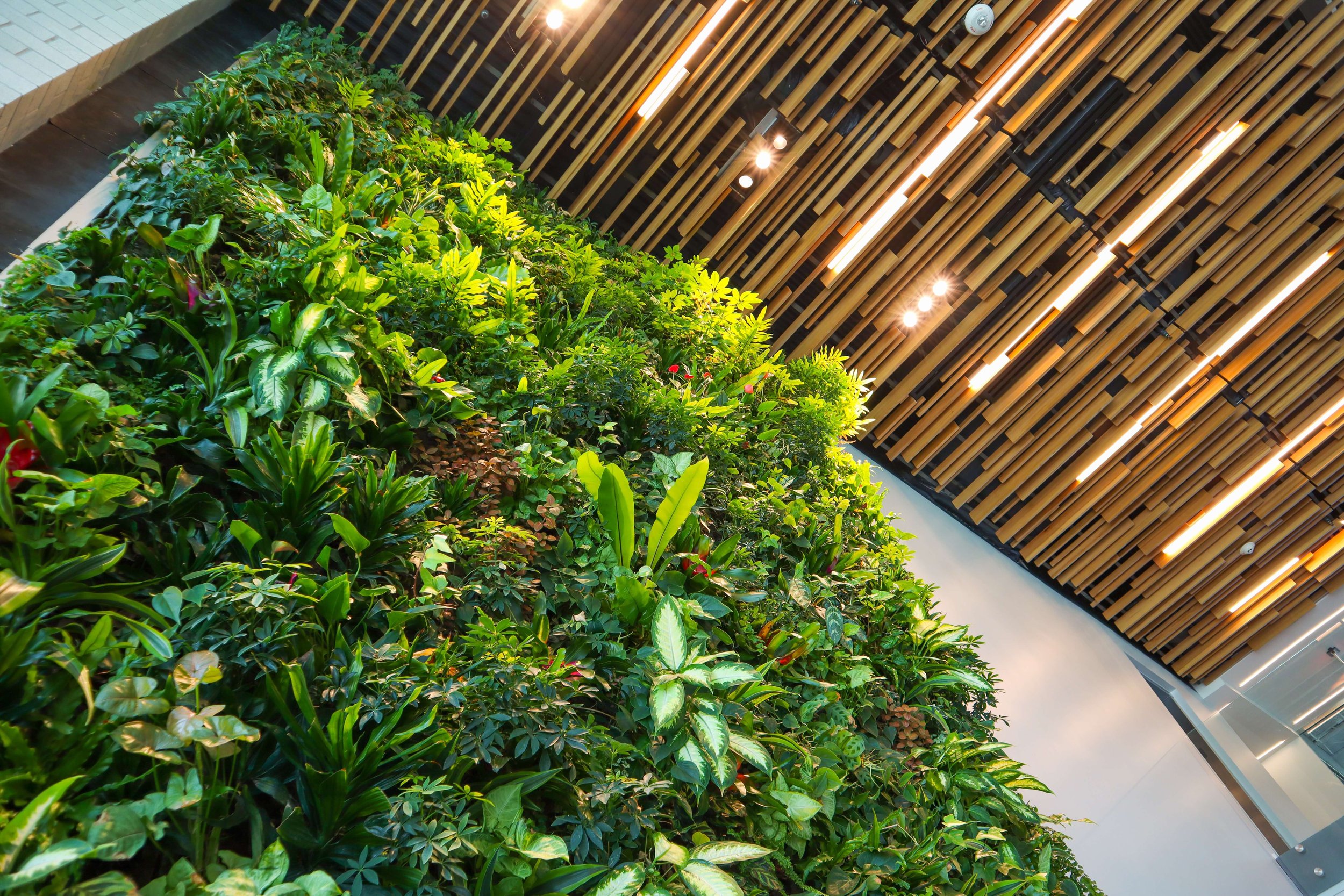Practical Architectural Design Solutions for Sustainable Buildings
Incorporating sustainability in architectural designs has become a popular topic within the AEC industry. Architects are now encouraged to design structures that meet human needs while avoiding or minimizing any environmental impact.
If your construction project is in the UK, the BREEAM on your building will require it to consume less energy in order to reduce its carbon emissions. The idea is to make the building sustainable while using minimal resources. Sustainable design ideas are still applicable even if the structure grows in scale.
The key to a successful building design is to keep it site-specific and within the sustainability framework.
The role of an architect is to design a self-sustaining micro-ecosystem within the confines of the structure on-site. This goal can be achieved by implementing some or all of these sustainable strategies.
1. Build only what is required
Although architects are naturally creative people, they still need to act with restraint and ensure that building materials are not needlessly wasted.
The concept of building only what is required is often applicable to renovation projects. If possible, the still-functional structures should be retained and the old but valuable materials reused. New buildings should not have too much unused space.
During the design phase, consideration should be given to the life cycle of the building components and their reuse value.
2. Design for decreased consumption
Naturally, a project’s location and the local climate can significantly affect the sustainability of an architectural design. For instance, the desired thermal conditions within the building will depend on the environment and the weather.
A design can also take advantage of the local conditions. For example, the building can be oriented in a direction whereby it will benefit from long hours of sunlight. This will also reduce the use of electricity and in turn bring down costs.
To complement the natural lighting, the use of LED lights should be encouraged. They are more efficient compared to fluorescent and incandescent bulbs. They also don’t need to be constantly replaced and their energy consumption is low.
If the structure is oriented correctly, natural ventilation can be utilized rather than mechanical ventilation.
3. Use renewable energy and efficient power systems
Solar panels and other renewables can power a building’s electricity and hot water systems. In addition, energy-efficient systems can be installed in the building’s cooling, heating, ventilation and water management.
For instance, thermal insulation can help prevent external conditions having an effect on the building’s interior. This will reduce the energy load of the ventilation system. The architectural design should also support quick repairs in the event of any air leakages.
To maximize the benefits, these various system integrations may require the services of experts during the early design phase.
4. Use locally sourced materials
Locally sourced materials can reduce energy consumption; for example, relating to the monetary cost of transporting them to the site. Instead of traditional building materials, it may be a good idea to use substitutes with low embodied energy and a long life cycle so there won’t be any potential health implications.
5. Create gardens or farms
Urban gardens and farms can serve as an oasis in the midst of the surrounding concrete and glass. Besides the beautiful vista, employees may also benefit from the inclusion of break rooms, and relaxation or nap spaces to reduce their stress and promote their mental well-being.
Meanwhile, if people grow their own food, the local community may be encouraged to reduce their carbon footprint. Nevertheless, as water will be needed to feed all these plants, it is important that they will only require occasional watering.
6. Harvest rainwater
Buildings can be equipped with rainwater systems which can be used for non-potable purposes. In fact, although this is mandatory in some locations, the setup is often straightforward.
7. Recycle or manage waste
Building construction projects often generate a substantial amount of waste but this can be reduced or even reused if the appropriate recycling systems are put in place.
Once a building is operational, the organic waste generated by the occupants can be used as compost for the green spaces. Meanwhile, the greywater can be repurposed for toilet flushing.
8. Improve the life cycle of buildings
All buildings, including their components, have finite life cycles. Nevertheless, you may be able to prolong their use by using higher-quality materials rather than cheaper but inferior substitutes. Durable building components can also reduce the amount of time and money spent on maintenance.
9. Source materials responsibly and be aware of practical innovations
Building materials should be chosen carefully and only environmentally conscious manufacturers should be used. Their commitment to sustainability can be gauged by examining their policies, material specs, and other relevant information.
As materials are being constantly upgraded or replaced by newer technologies, it is vital that architects keep up to date with the latest construction innovations as it may be possible to accelerate the timeline or enhance the quality of a project.
10. Designs should be flexible
When designing a building, there should be some degree of flexibility for its occupants. They must have some control over the various systems, such as access to daylight and natural ventilation.
The building design could also make it possible for it to be used in a way that was not initially intended.
Conclusion
Architects need to understand the potential impact of a building on its occupants and the surrounding environment. Besides ecological factors, a building site needs to be considered as an essential part of an ecosystem and community. This will also help with the design of the various systems required to make a project sustainable.
Author: Anna Alfoque







